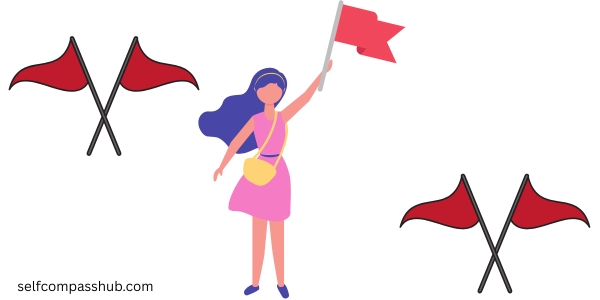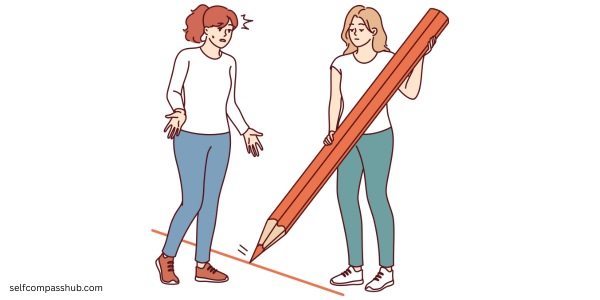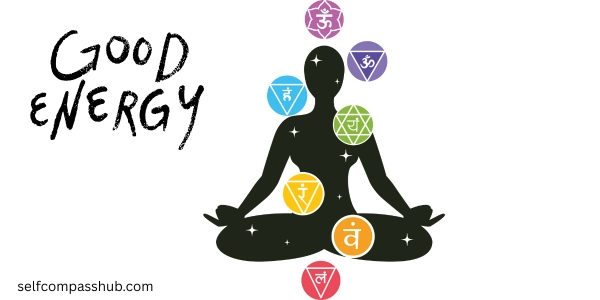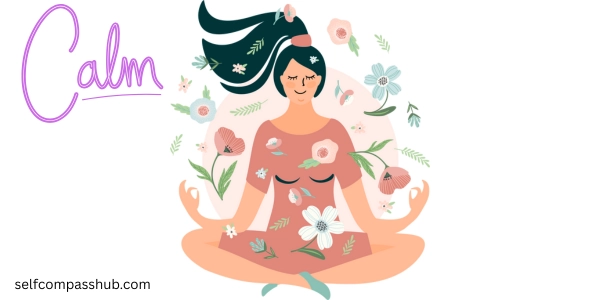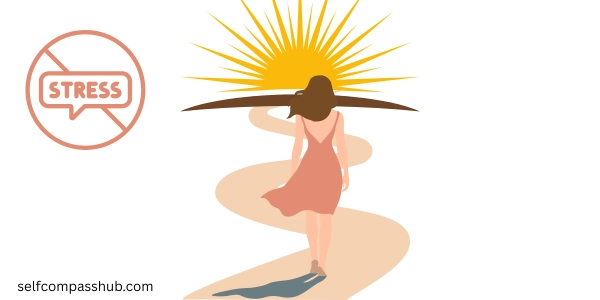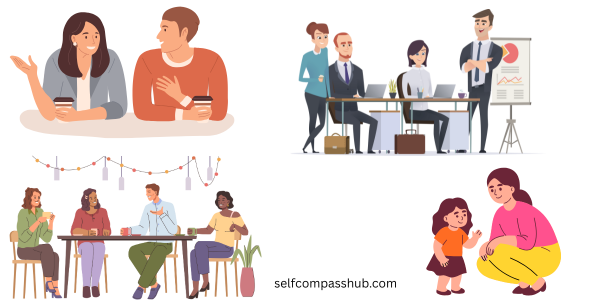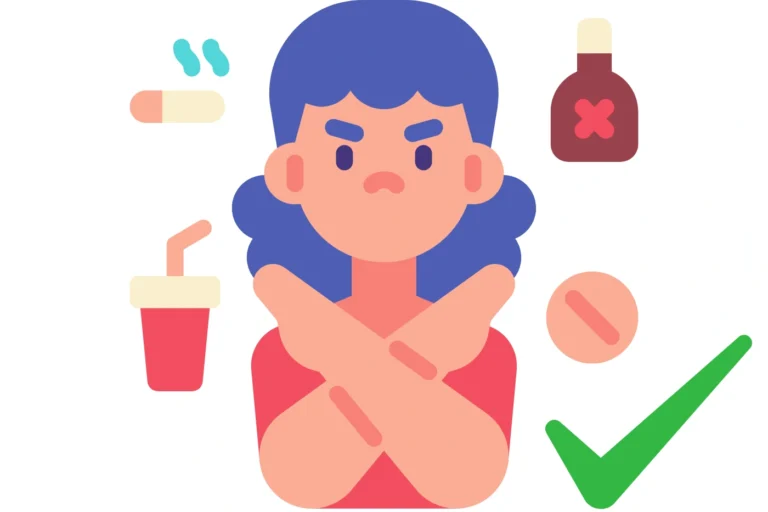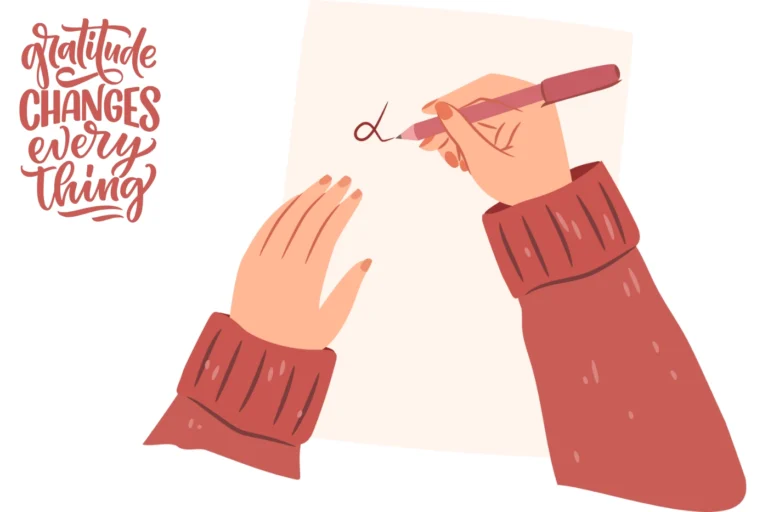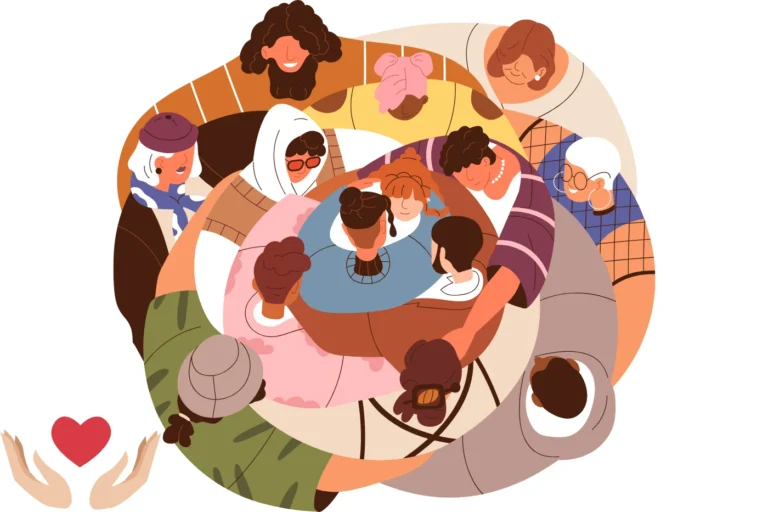Navigating relationships with toxic people can be one of life’s greatest challenges. Whether it’s a coworker, family member, friend, or acquaintance, toxic individuals can drain your energy, undermine your confidence, and affect your mental wellbeing. This guide offers practical strategies to help you handle difficult relationships while preserving your peace of mind.
Recognizing Toxic Behavior
“When someone shows you who they are, believe them the first time.” – Maya Angelou
Before you can effectively deal with toxic people, you need to identify toxic behavior patterns:
- Chronic negativity: Constantly complaining, criticizing, or focusing on problems without solutions
- Manipulation: Using guilt, shame, or emotional blackmail to control others
- Narcissism: Demonstrating an inflated sense of self-importance and lack of empathy
- Drama creation: Regularly stirring up conflict and thriving on chaos
- Boundary violations: Repeatedly disrespecting your limits and personal space
- Energy drainage: Leaving you feeling exhausted, anxious, or depleted after interactions
Remember that someone having a bad day doesn’t make them toxic. Look for consistent patterns rather than isolated incidents.
Setting Healthy Boundaries
Boundaries are essential when dealing with toxic people:
- Identify your limits: Reflect on what behaviors you will and won’t tolerate
- Communicate clearly: Express your boundaries in simple, direct terms without lengthy justifications
- Use “I” statements: Say “I need space when conversations become heated” rather than “You always make me upset”
- Be consistent: Enforce boundaries every time they’re crossed to avoid sending mixed messages
- Prepare for pushback: Toxic people often resist boundaries – stay firm despite their reactions
Example boundary statement: “I’m not comfortable discussing this topic. Let’s talk about something else or continue our conversation another time.”
Protecting Your Energy
Your emotional and mental energy is precious – guard it carefully:
- Limit exposure: Reduce time spent with toxic individuals when possible
- Create distance: Physical space helps, but emotional detachment is equally important
- Practice mindfulness: Stay present rather than getting caught in toxic patterns
- Develop pre/post interaction rituals: Prepare mentally before engaging and decompress afterward
- Avoid taking things personally: Recognize that toxic behavior reflects their issues, not your worth
“You cannot control the behavior of others, but you can always choose how you respond to it.” – Roy T. Bennett
Maintaining Your Mental Strength
Building mental resilience helps you withstand toxic influences:
- Cultivate self-awareness: Notice how specific people and situations affect you
- Build a support network: Surround yourself with positive, affirming relationships
- Practice self-care: Prioritize activities that replenish your energy
- Develop healthy coping mechanisms: Journaling, meditation, exercise, or creative outlets
- Seek professional support: Consider therapy to develop personalized strategies
💡 Quick Tip: Create a “resilience toolkit” – a list of 5-10 activities that help you regain balance when dealing with difficult people.
When to Distance Yourself
Sometimes the healthiest choice is creating significant distance:
- When the relationship consistently harms your wellbeing
- When boundaries are repeatedly violated despite clear communication
- When abuse of any kind is present
- When the relationship is one-sided with no reciprocity
- When you’ve tried multiple strategies without improvement
Remember: Choosing distance isn’t giving up – it’s recognizing your own worth and prioritizing your wellbeing.
Strategies for Specific Relationships
Family Members
- Accept what you cannot change about them
- Develop specific topics or activities that are “safe” for interaction
- Consider family therapy if appropriate
- Limit contact during particularly stressful times
Coworkers
- Keep interactions professional and task-focused
- Document problematic behaviors when necessary
- Use workplace resources like HR when appropriate
- Create physical workspace boundaries when possible
Friends or Acquaintances
- Gradually reduce contact rather than dramatic confrontations
- Be honest but kind when explaining your need for distance
- Reevaluate the friendship periodically
- Set clear expectations for any continued interaction
📊 Relationship Assessment Tool:
|
Relationship Quality |
Signs to Watch For |
Potential Action |
|---|---|---|
|
Healthy |
Mutual respect, reciprocity |
Continue nurturing |
|
Challenging but worthwhile |
Occasional issues, willingness to improve |
Set boundaries, communicate |
|
Toxic |
Consistent negative patterns, resistance to change |
Distance or limit contact |
Final Thoughts
Dealing with toxic people is challenging but manageable with the right approach. Remember that while you cannot control others’ behavior, you can control your responses and protect your wellbeing. By setting boundaries, preserving your energy, and strengthening your mental resilience, you can maintain healthy relationships and thrive despite toxic influences in your life.
Your peace of mind is not selfish – it’s necessary. Prioritize yourself and your wellbeing, knowing that healthier boundaries often lead to healthier relationships in the long run.
📌 Quick Reference Guide
Remember the 3 P’s:
- Protect your boundaries
- Preserve your energy
- Prioritize your mental health
How do you handle toxic relationships in your life? Share your experiences in the comments below!

